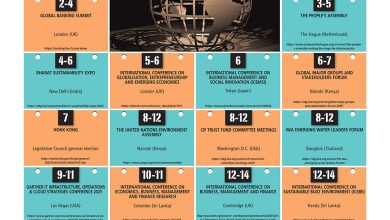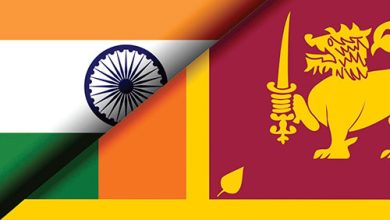SOUTH AFRICA TODAY
LAND OF BOUNTIFUL RICHES
Monita Pesumal profiles the economy of one of the largest and most developed economies in Africa
South Africa has the world’s 41st largest economy and its rich soil is blessed with an abundance of mineral resources, making the republic a leader in mining. Its resources encompass a spectrum of precious metals, energy sources and industrial minerals. The country is the highest producer of platinum and one of the leading miners of gold, diamonds and metals such as chrome, manganese, palladium and zirconium.
Diamond mining companies in South Africa recently revealed that there has been a marked increase in the demand for their diamonds ever since sanctions were imposed on Russian businesses over Moscow’s invasion of Ukraine.
Alrosa, which is a Russian state owned enterprise and the world’s largest diamond mining business, has been sanctioned by the US, Canada, the UK, New Zealand and the Bahamas.
South Africa is believed to have the largest natural deposits of gold in the world, accounting for approximately 4.2 percent of global production. The Witwatersrand Basin holds the world’s biggest known reserves of the precious metal and most of the country’s official gold resources, which is estimated to be 125 metric tonnes – more than what’s held by Australia or the UAE.
According to Bloomberg, South Africa’s economy is back to what it was before the pandemic after expanding 1.9 percent in the first quarter of 2022, compared with revised growth of 1.4 percent in the previous quarter. However, higher than expected inflation and disrupted supply chains due to China’s sporadic lockdowns, extreme weather and the war in Ukraine, threaten domestic growth.
Other key economic sectors include the vehicle industry, which accounts for about five percent of South Africa’s GDP. Ford, General Motors, Mercedes-Benz, Toyota and Volkswagen have production plants in the country. According to South Africa’s automotive business council NAAMSA, major vehicle manufacturers invested ZAR 9.23 billion (2020) and ZAR 8.8 billion (2021), in the industry.
Agriculture contributes three percent to GDP with sugarcane, fruit and vegetables. The 2020/21 season saw bumper harvests of grain, oilseed and some types of fruit. South Africa is also renowned for being one of the top 10 wine producing countries in the world, particularly at Stellenbosch and in the Constantia valley where the climate is ideal for grapes.
According to the nonprofit organisation Vinpro, which represents close to 2,600 wine producers, cellars and industry stakeholders, the 2022 wine grape crop is estimated to be 1.37 million tonnes – about 5.5 percent smaller than in 2021. However, it’s still larger than the five year average of 1.34 million tonnes.
Diverse and picturesque scenery, World Heritage Sites, interesting coastline, endless mountains, rugged terrain, charming vineyards and wildlife parks make tourism another significant contributor to the economy. Tourism all but vanished during the two years in which the world was hit by the pandemic. In April 2022 nevertheless, 74 percent more international travellers arrived in the city than in April 2019 before the COVID-19 pandemic, according to Cape Town Tourism.
The Airports Company South Africa (ACSA) has said that air travel to and from the country has reached its highest levels of activity since the pandemic – almost 2.3 million – through O.R. Tambo, Cape Town and Durban in March 2022, which is up 70 percent from the previous year.
Social issues include 7.7 million people living with HIV/AIDS and rampant crime that has impacted development. Contact crimes such as assault and sexual offences have seen a rise of 15 percent with violent crimes (murder, assault and sexual offences) also recording double digit increases in the first quarter of this year. According to the South African Police Service (SAPS) 6,083 people were murdered over the quarter (up 22%) – the equivalent of 68 people a day!
South Africa has one of the highest rates of unemployment in the world. Owing to the lack of investment in education, the absence of youth empowerment and structural reforms, the problem has persisted for decades. Because of high unemployment and low wages, income disparity is at an all-time high as half the population survives below the poverty line.
Despite 370,000 jobs being created between the fourth quarter of 2021 and the first of this year, almost eight million (45.5%) of the labour force were out of work in the first quarter.
South African President Cyril Ramaphosa recently acknowledged that unemployment is the greatest challenge facing the country as millions are not in employment, education or training. He hopes that several government supported initiatives will help create thousands of jobs, and generate funds and training opportunities for entrepreneurs.
In his keynote address at an International Youth Day event commemorating the Soweto uprising, Ramaphosa notes: “As we rebuild from the pandemic, we remain focussed on growing our economy and creating jobs. We are intensifying our investment drive and removing the red tape that holds back business growth and greater employment creation.”







